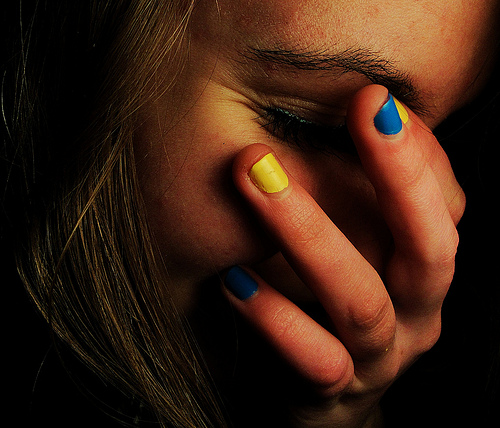You’re not alone with your paruresis, social anxiety, depression or any other mental health woes. A federal government survey said such woes afflicted one in five Americans over the past year, for a total of 45.6 million people. While the survey did not break down the particular mental health issues people suffered, it still discovered some enlightening facts. A few highlights include:
Prescription drug use is increasing while outpatient services are decreasing:
- In 2011, the type of mental health service most commonly used by adults in the past year was prescription medication (11.5 percent or 26.8 million adults), followed by outpatient services (6.7 percent or 15.5 million adults), then by inpatient services (0.8 percent or 1.8 million adults). Percentages of adults who used prescription medication, outpatient services, or inpatient services in 2011 were similar to those in 2010 (11.7, 6.6, and 0.8 percent, respectively). Note that respondents could report using more than one type of mental health care.
- Between 2002 and 2011, the percentage of adults using outpatient services in the past year declined from 7.4 to 6.7 percent, and the percentage using prescription medication increased from 10.5 to 11.5 percent.
The unemployed and those with lower poverty levels had a higher percentage of mental health woes than others in the general population:
- In 2011, the percentage of adults with past year any mental illness was higher among unemployed persons (28.0 percent) than among either full-time (16.1 percent) or part-time (23.2 percent) employed persons. Adults employed part time also were more likely than those employed full time to have past year any mental illness.
- The percentage of adults with any mental illness was highest among those with a past year family income that was less than 100 percent of the Federal poverty level (29.6 percent), followed by those with a family income at 100 to 199 percent of the Federal poverty level (23.1 percent), then by adults with a family income at 200 percent or more of the Federal poverty level (16.2 percent).
Check out the full report at SAMHSA: http://www.samhsa.gov/data/NSDUH/2k11MH_FindingsandDetTables/index.aspx




